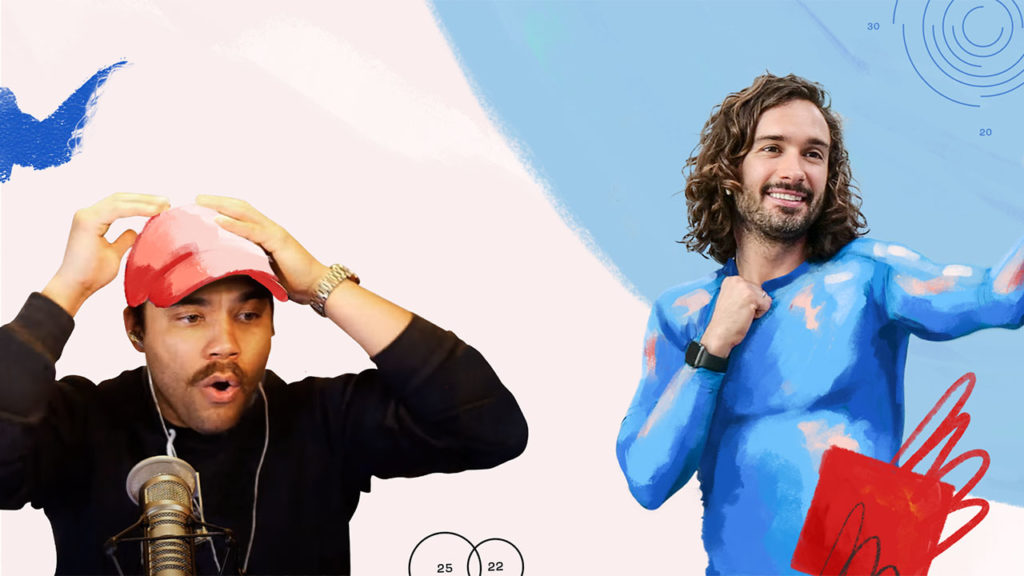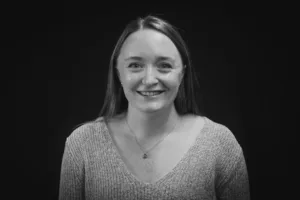The explosion of online video in 2020, including the meteoric rise of TikTok can only be a good thing for the industry, according to YouTube’s Adam Burrows.
He says: “TikTok is one of the benefactors of that movement to more online video last year and we’re under no illusion that the growth in online video is ‘all boats rise’.”
The Google-owned platform turned 15 in May last year and Burrows says: “It is a senior citizen in video platform terms. So, acceleration has happened very quickly over the last year but we also have 15 years of history behind us.”
Product Marketing Manager Burrows was talking following the publication of YouTube’s first global Culture and Trends report in December, which saw a renewed focus on health, fitness and participation programming. The Coronavirus pandemic also an uptick of educational viewing across homeschooling, DIY and hobby how-to’s. Hard-hit entertainers from theatre groups to musicians also used the platform to deliver live performances in lieu of being able to host physical events.
Such factors have led to an uptake of YouTube viewing on TV screens, already its fastest growing area before the Coronavirus hit. “In March this year 20 million people in the UK watched YouTube on the connected TV and I think that has been the biggest shift in the year for advertisers,” he continues.
“Because YouTube is now a platform that truly delivers across multiple devices it should really force a reappraisal for advertisers on how they plan YouTube alongside their TV media. Our view is that those two things shouldn’t necessarily be seen in silo.”
He urges advertisers to understand the incremental reach YouTube can provide television, rather than seeing them as two contrasting items on their media plans.
Viewing on TV tends to be longer form content, he says, although there is also a trend towards people consuming 15 minute-plus on their mobile devices.
Burrows, who previously ran the YouTube team at the BBC, says broadcasters, too, can benefit from the synergies between online content and that broadcast. “Great British Bake Off is an amazing show but if I want to take that passion to the next level and learn how to make a Genoise sponge I’m going to get that from YouTube.
“It’s about seeing them as complimentary experiences rather than ones that cannibalise.”
Another trend accelerated by the pandemic has been YouTube’s “new age of creators”.
“YouTube creators are no longer the young vloggers that the media traditionally thinks of when they think of a YouTuber. They cover lots of different demographics and lots of different content genres,” he says.
“This year especially as lockdowns have happened more people have had time to bring to life some of those ideas that they’ve kept locked away in a notebook – to start that YouTube channel, for example.
“There is a growing number of senior channels, and both in the UK and globally like Mama Cherry, a soul food creator from Brighton, or Pasta Grannies.
“It’s challenging our perceptions of what a YouTube creator should look like what content they should make or how old they are and that’s having ramifications not just in YouTube. It’s changing the way that we think about credible voices in different verticals and genres, I think that’s really exciting.”
Another key trend in the report is ‘overcoming advertisity’ in both creating and viewing videos around issues such as Black Lives Matter and the Australian Bush Fires.
“Within the first week of June, views of videos with ‘how to be an ally’ in the title increased 23% from viewership in all of May,” he says. “Creators are coming to the platform, sharing their point of view, and also increases in searches viewing for historical videos about historical race relations and diving deeper into history.”
It’s all a far cry from its perception as a purveyor of funny pet videos. He says of 2021: “If I could go a whole year without people referring to YouTube as cat videos that would show that we’ve moved on. Hopefully most advertisers and brands know and realise that YouTube brings a more substantial contribution to audiences lives.”









